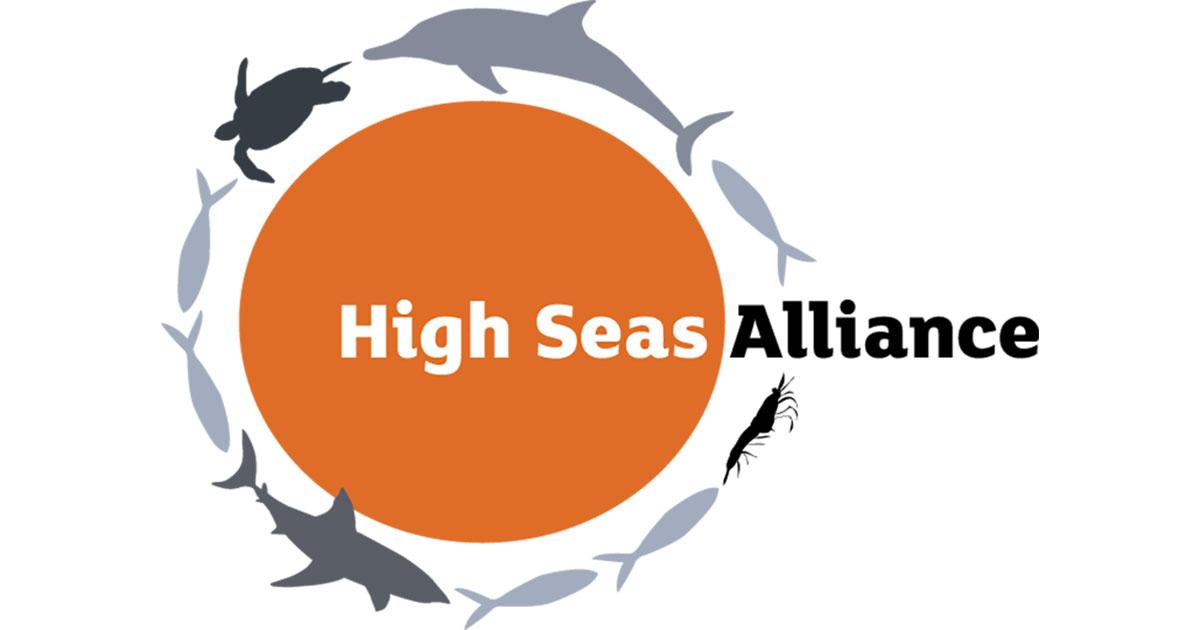UN Talks Resume on First Legally Binding Treaty to Protect the High Seas

Treaty negotiations to conserve and protect nearly two-thirds of the ocean reconvene on March 25, 2019, at the United Nations (UN) with countries set to begin work towards a first draft text over the coming fortnight.
The two-week Intergovernmental Conference (IGC) is the second of four negotiating sessions aimed at sealing a new legally binding treaty to protect marine biodiversity in areas beyond national jurisdiction, commonly known as the high seas. The negotiations are widely regarded as the greatest opportunity in a generation to turn the tide on ocean degradation and biodiversity loss and follow over a decade of discussions at the UN.
Marine conservation groups express cautious optimism for progress at this round of talks but say new scientific warnings of threats to the ocean should focus the minds of negotiators on the urgency of the treaty bid.
“Since the first negotiating session in September 2018, we have heard the clarion call from the Intergovernmental Panel on Climate Change that there are only 12 more years to keep global warming at 1.5 degrees, with ever more confident predictions of catastrophic consequences for the ocean of going beyond that threshold. This is a startling reminder of why this treaty is so urgently needed, since the high seas covers half our planet and is vital to the functioning of the whole ocean and all life on Earth. We eagerly anticipate progress towards a first draft of the treaty text at this round.” said Peggy Kalas, Coordinator of the High Seas Alliance (HSA), a partnership of 40+ non-governmental organizations and the International Union for the Conservation of Nature (IUCN).
The HSA is resuming live tracking during the talks in New York via its “Treaty Tracker” tool, which allows stakeholders to track what states, HSA members and others are saying on key issues, or to follow the issues specifically. The aim of the tracker is to increase the transparency and accessibility of the negotiating conferences. Each day, the Alliance will provide an update on the negotiations with a view from different experts about the state of the talks.
The treaty process was launched by the United Nations General Assembly in 2017 to remedy critical gaps in ocean governance and to bring protection for marine life in the high seas, which is vital to help increase ocean resilience as it bears the brunt of increasingly dramatic climate change impacts. The ocean plays a key role in mitigating climate change, including absorbing 90% of the extra heat and 26% of the excess carbon dioxide created by human sources.
The treaty negotiations, which are planned to conclude by mid-2020, will continue discussions amongst world governments on how to protect and conserve the high seas by establishing:
Marine Protected Areas (MPAs): MPAs are widely acknowledged as essential for building ocean resilience, but without a treaty there is no mechanism to enable their creation on the high seas.
Environmental Impact Assessments (EIAs): Although some activities are partially regulated in some areas of the high seas, there is no universal framework for conducting EIAs to guard against potential environmental harm.
Benefit sharing and technological transfer: Many countries are concerned that they will not benefit from research into high seas species and will lose out on potentially vast new ocean genetic resources, such as discoveries of marine genetic resources (MGRs) that could provide new pharmaceuticals, nutraceuticals and other uses. The negotiations will also aim to improve mechanisms to build capacity and transfer marine technology in developing countries.
For more information, click here.

